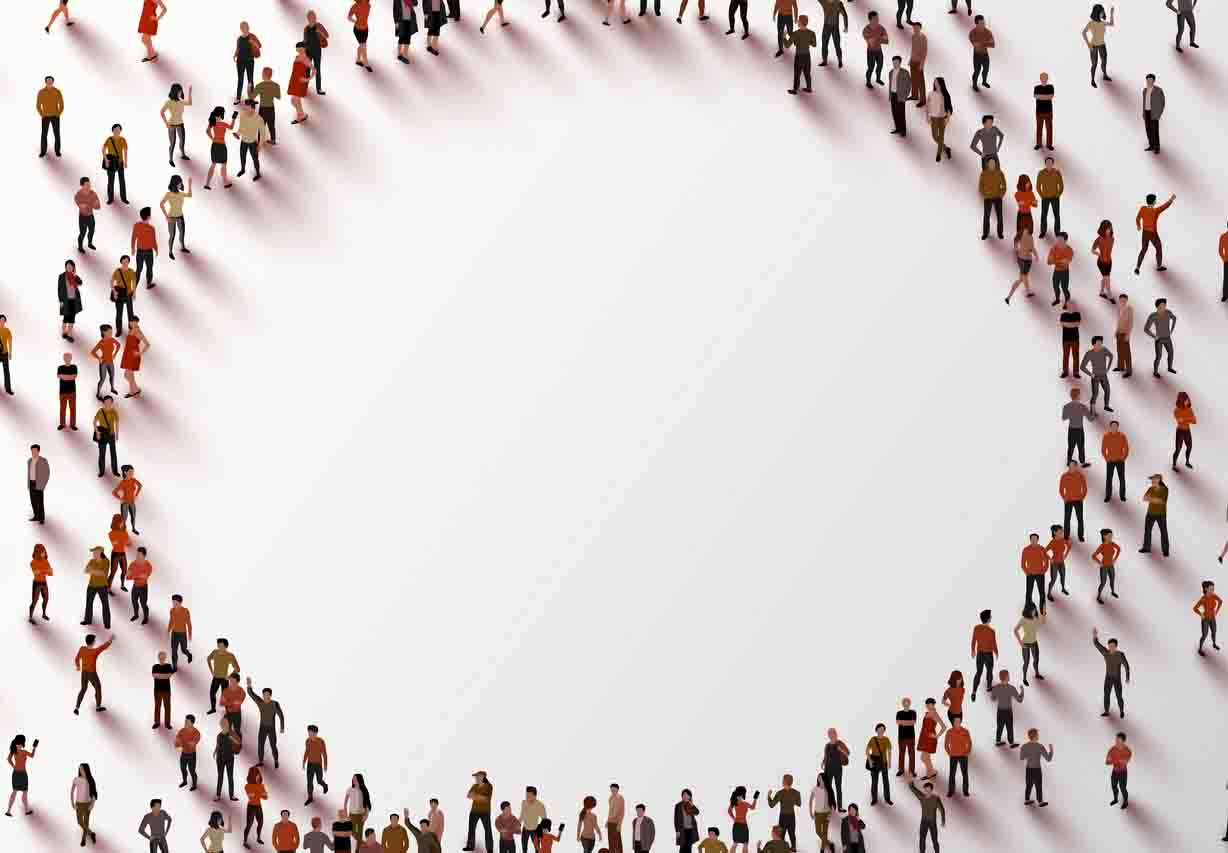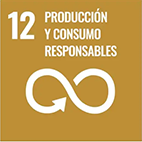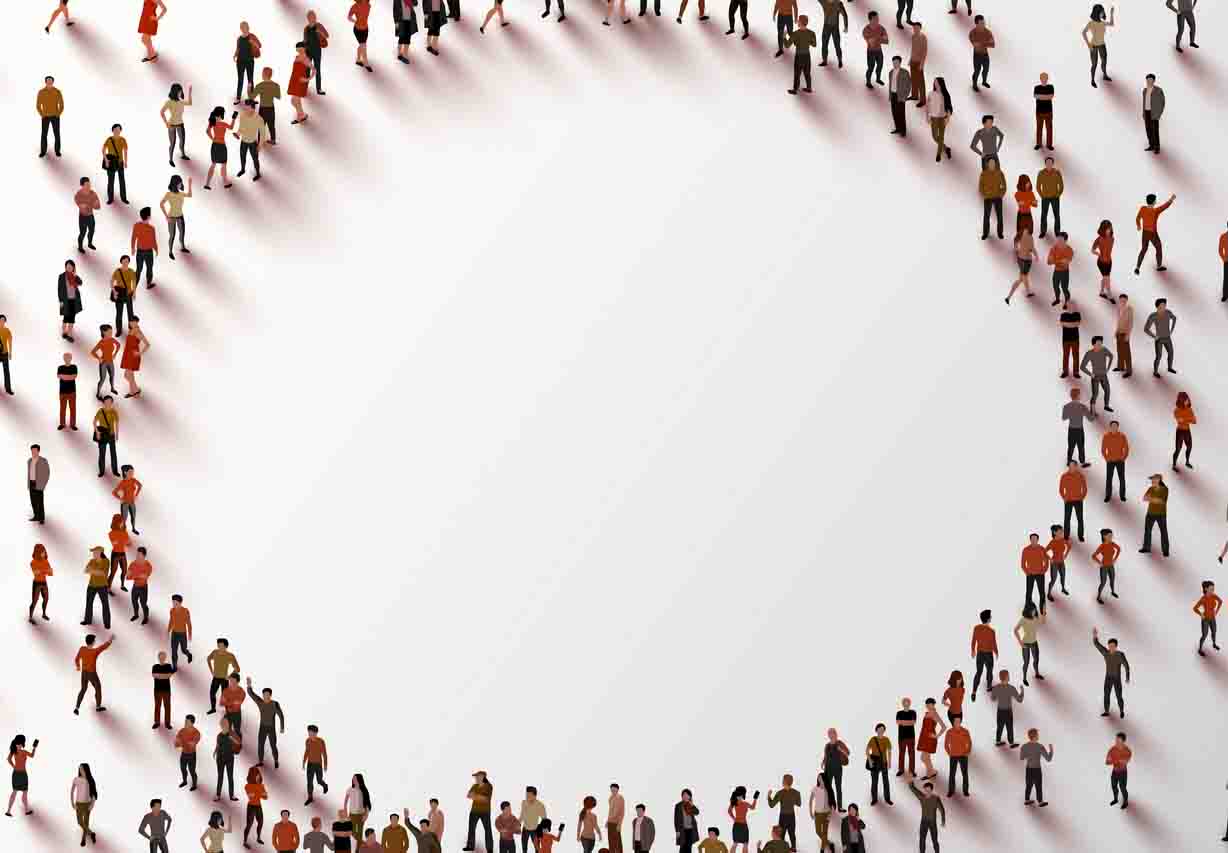What do car sharing , telematic meetings via Zoom, and recycling have in common? The three activities are examples of what is known as circular economy. The circular economy represents a paradigm shift from traditional economic models.

Roger Pagá, collaborator in the Mercadona Chair of Circular Economy
What do car sharing, telematic meetings via Zoom, and recycling have in common? The three activities are examples of what is known as circular economy. The circular economy represents a paradigm shift from traditional economic models.
Traditional economic models are based on the ideas of extracting, producing, consuming and disposing of companies, first extracting resources from the planet. These resources are then transformed into a final product thanks to a production process, which generates waste. Ultimately, the end product is bought by consumers, who use it and ultimately dispose of it, generating even more waste. These wastes have no value for either the company or the consumer, and are simply seen as an unfortunate side effect of the production and consumption processes.
The circular economy is based on the idea that waste generated by production and consumption processes can be converted into a resource.
The circular economy, in contrast, is based on the idea that the waste generated by the production and consumption processes can not only be reduced, but can also be converted into a resource, that is, into something that has added value. Let's look at an example of this: imagine the owner of a bar. Every day, the bar serves dozens of coffees, which result in the accumulation of a residue: coffee grounds. Under traditional economic models, coffee grounds have no bar value and are simply something to be thrown away. According to circular economy models, coffee grounds could become a resource. How? Instead of discarding them, the bar owner can sell them to a company that uses the coffee grounds as a raw material. For example, the clothing company Ecoalf uses coffee grounds to make textiles. Thus, the cooperation between the bar and the clothing company transforms a waste into a resource, and creates value for both companies. Now let's go back to the examples used at the beginning of the text; Why are car sharing, meetings via Zoom, and recycling examples of circular economy?
- The relationship between recycling and circular economy should be intuitive; recycling involves using a waste to produce / help produce a new product. Thus, we see again this transformation of the waste into a resource. The example of coffee grounds, where they are used to produce textiles is in fact an example of recycling (and circular economy).
- Meetings via Zoom are an example of circular economy as they reduce the waste generated by holding a face-to-face meeting. For example, a face-to-face meeting may involve traveling to the meeting place using a car, which generates waste (CO2 emissions). If the meeting is via Zoom, those residues disappear.
- Car sharing is an example of circular economy as it reduces the need to own a vehicle. The same vehicle is now reused by several people. Again, that translates to less waste (CO2 emissions).
These three ideas - Reduce, Reuse, and Recycle - are the three great pillars of the circular economy and are technically known as the 3Rs model.
Reduce, Reuse, and Recycle are the three great pillars of the circular economy and are technically known as the 3Rs model.
By reducing, reusing and recycling, the circular economy makes it possible to optimize the use of resources. For companies, this optimization is an opportunity to increase their productivity. For the consumer, it is an opportunity to live in a more environmentally sustainable world. For years there has been a political interest to create more environmentally sustainable societies; It is therefore not surprising that both at European and Spanish level there are many hopes placed on the circular economy:
- In 2015 and 2020, the European Commission adopted action plans to boost the circular economy. For Europe, the circular economy will help “avoid irreversible damage caused by the use of resources at a rate that exceeds the Earth's capacity to renew them […]” and will therefore be “fundamental to achieving the Sustainable Development Goals (SDGs) by 2030 ”.
- At the Spanish level, the central government has created the Spanish Circular Economy Strategy: Spain Circular 2030, which establishes a series of strategic guidelines and sets a series of quantitative objectives on the circular economy that should be reached by 2030.
Having seen what the circular economy promises and the political interest in adopting it, one question we can ask ourselves is: What can consumers and businesses do to facilitate the transition to a more circular economy?
As we have said, the circular economy revolves around the 3Rs: reduce, reuse and recycle. For businesses, this may mean:
- Product Redesign: In the circular economy, products are designed from the ground up to last, to be recycled, and / or to be remanufactured. This implies, among other things, being very careful with the selection of materials.
- Cooperation between companies, possibly from different industries. The waste of one company can become the raw materials of another (remember the example of coffee grounds, which end up being used to produce textiles).
- Rethinking the business model : Can I digitize what I sell (eg online banking instead of traditional banking), or how I sell it? (eg, sell online instead of in a physical store). Can I sell a service instead of a product? (eg instead of selling cars, sell the right to use a car for a limited time).
- Changes in organizational culture: the principles of the circular economy should be considered during the selection of personnel, during their training (internal training), and during their evaluation (reward system). < / li>
- Changes in communication policy (marketing): Being a company that adopts the principles of the circular economy can be a competitive advantage in an environment where consumers are increasingly aware of the importance of environmental sustainability. However, there are also consumers who think that recycled or remanufactured products are of poorer quality, or consumers who are going to be reluctant to trust companies that use non-traditional business models (eg car sharing , online banking …). Therefore, marketing plays a very important role in this context, as it must communicate the importance of being circular and clear the prejudices that circular products or services can generate.
- New measurement instruments: in the same way that financial accounting ratios inform us of the financial health of a company, there are indicators that measure the effectiveness of circular economy actions. It is essential for companies to know and use these circularity indicators to monitor the effectiveness of their actions.
As for consumers, there are also several actions they can take to facilitate the transition to a more circular economy:
- Practice the 3Rs: in the same way as companies, consumers can also take actions aimed at reducing waste, reusing products, and recycling.
- An open mind: A study suggests that consumers are the first brake on creating circular products or services. This occurs for at least two reasons: reluctance about the quality of these products (can a remanufactured product have the same quality as a new product?) And reluctance to accept new non-traditional business models (such as car sharing).

